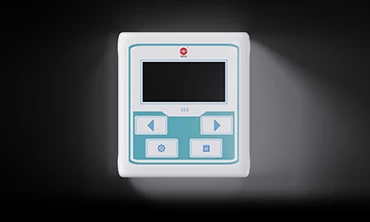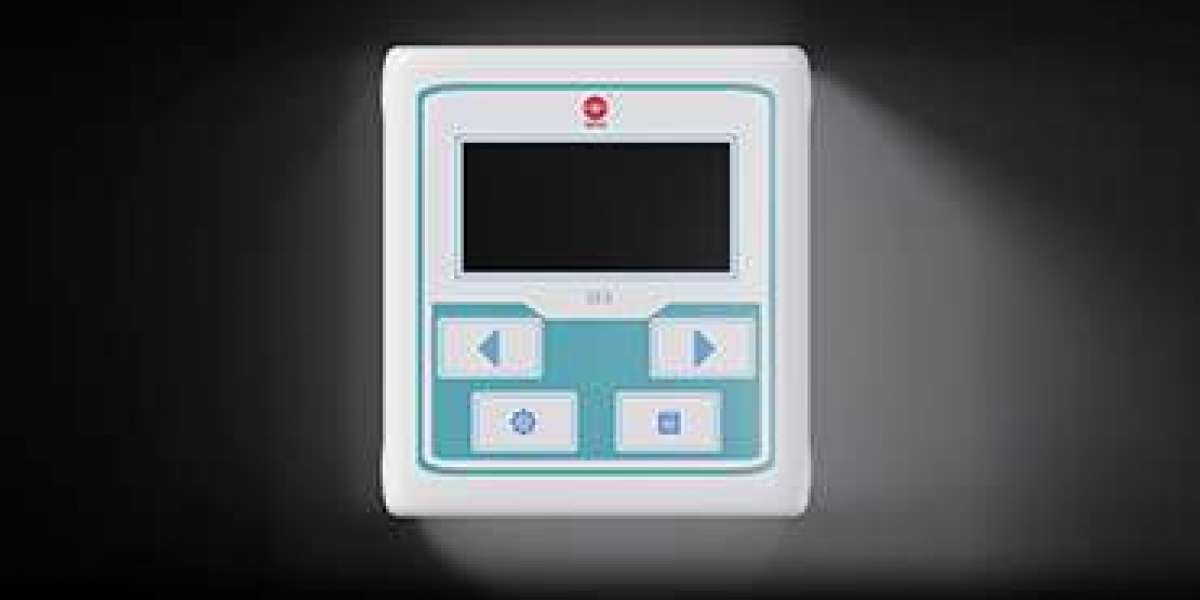Portable EEG (Electroencephalography) devices have revolutionized the field of brain monitoring, allowing for greater accessibility and flexibility in various applications, from clinical diagnosis to research and rehabilitation. At NCC, we are committed to providing state-of-the-art portable EEG solutions that combine advanced hardware and software to deliver high-quality brain signals. Our Type-F Holter EEG is a prime example of the cutting-edge technology behind portable EEG devices.

Key Components and Features
1. High Channel Count: The NCC Type-F Holter EEG offers 24 or 32 channels, enabling comprehensive brain activity monitoring and ensuring accurate data collection.
2. Compact Design: With its sleek and lightweight design, the Type-F Holter EEG is highly portable, making it easy to carry and use in various settings, from hospitals to research laboratories.
3. Wireless Connectivity: The device utilizes Wi-Fi technology to transmit data in real-time, allowing patients to move freely during recording sessions while the EEG waveforms are displayed in real-time on a connected device.
4. Patient Event Marking: The Type-F Holter EEG features a patient event marking button, enabling patients to indicate the occurrence of events, such as seizures, during routine or long-term EEG recordings.
5. Extended Battery Life: The device's low-power consumption and external rechargeable battery support up to 24 hours of continuous EEG recording, ensuring uninterrupted monitoring.
6. Dynamic Recording: The Type-F Holter EEG utilizes a 16GB flash memory card for dynamic recording, allowing for 4-5 days of case storage and enabling long-term EEG recordings.
7. Integrated Electrode Cables: The device features an all-in-one electrode cable design, simplifying the connection process and reducing setup time.
8. Safety Features: The Type-F Holter EEG operates on direct current, eliminating the risk of electric shock for patients and preventing signal interference.
9. Versatile Recording Options: The device can perform 24/32 channel EEG or 16/24 channel EEG with 8 bipolar channels for ECG and EMG, providing flexibility in data collection.
10. Video Synchronization: An optional high-definition infrared camera can be integrated with the Type-F Holter EEG, enabling simultaneous video and EEG recording, editing, and rapid display.
Advantages of Portable EEG Devices
1. Improved Patient Comfort: Portable EEG devices like the Type-F Holter EEG minimize the discomfort associated with traditional EEG setups, as they are less intrusive and allow for greater freedom of movement.
2. Enhanced Accessibility: Portable EEG devices make brain monitoring more accessible, as they can be used in various settings, including hospitals, clinics, and even in patients' homes.
3. Continuous Monitoring: With extended battery life and dynamic recording capabilities, portable EEG devices enable long-term monitoring, providing valuable insights into brain activity patterns over time.
4. Increased Data Quality: Advanced hardware and software design in portable EEG devices, such as the NCC Type-F Holter EEG, ensure high-quality data collection, reducing the risk of artifacts and signal interference.
5. Versatility in Applications: Portable EEG devices can be used in a wide range of applications, including clinical diagnosis, research, rehabilitation, and brain-computer interfaces.
Conclusion
The technology behind portable EEG devices, exemplified by the NCC Type-F Holter EEG, combines compact design, wireless connectivity, extended battery life, and advanced features to provide a powerful tool for brain monitoring and research. By leveraging these technologies, portable EEG devices offer improved patient comfort, enhanced accessibility, and increased data quality, making them an essential component in the field of neuroscience and healthcare.
For more information about our portable EEG solutions and how they can benefit your applications, visit our website or contact NCC today. Let us help you unlock the potential of brain monitoring with our cutting-edge portable EEG devices.








